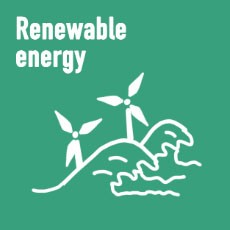Sustainable Cities and Communities
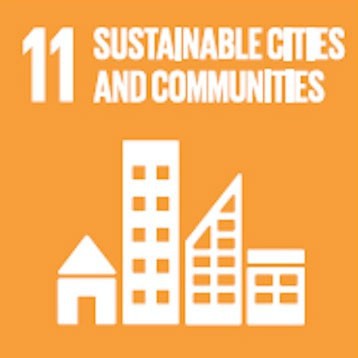
This goal is involves setting up links between local businesses with global markets and supply chains. It encourages smart industries and industrial zones in urban areas thatare driven by innovation, resource efficiency and industrial competitiveness.
Concepts and case studies under SDG 11 are as follows:
Biodiversity

Biodiversity refers to the variety of genes, species, ecosystems and landscapes that comprise our world (UNESCO, 2010). Every species has a role to play in an ecosystem, which results in increased productivity and sustainability. However, the decline in the number of different species threatens the wellbeing of our planet. Also known as biodiversity loss, this decline negatively affects the food chains that human beings depend on; it also destroys water resources and leads to a scarcity of medicine and drug resources which could have been obtained from lost organisms (Wheeling Jesuit University, Center for Educational Technologies, 2018).

Agriculture in India
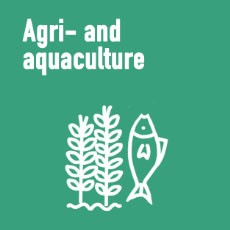
Organic agriculture in Hong Kong
Air quality

Air quality is the condition of the air around us,inside and outside. Natural processes and human activities both determine the quality of air. Good quality refers to clean, clear and unpolluted air. Poor air quality, however, has a negative impact not only on humans, but also on wildlife, vegetation, soil and water (Rinkesh, 2019). Poor air quality mainly occurs in cities or low-income countries, but it can be detected in rural areas and high-income countries too.
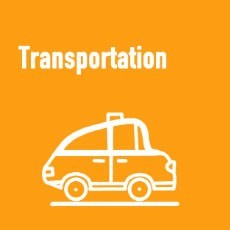
Roadside and maritime emissions
Corporate social responsibility

Corporate social responsibility (CSR) is a self-regulating business model that helps a company be socially accountable—to itself, its stakeholders and the community. By practicing corporate social responsibility, companies are conscious of the kind of impact they have on all aspects of society including the economy, society and the environment (Chen, 2019). CSR goes beyond earning money for shareholders, it is concerned with protecting the interests of all stakeholders, such as employees, customers, suppliers and the communities in which businesses operate (McCombs School of Business, n.d.).

How Hong Kong’s CSR experience can enhance the success of Belt and Road initiative
Social enterprise

Social enterprise refers to those businesses that have specific social objectives, for example, providing employment and training for the socially disadvantaged or protecting the environment as well as providing services and products like regular businesses. However, their primary goal is not profit making (Home Affairs Department, 2016). The difference between a social enterprise idea and a traditional business idea is the motivation of the entrepreneur. The main motivation for a traditional entrepreneur is usually a desire to make money, whereas social entrepreneurs are driven by a passion to solve a social problem, and choose to use their business as a mechanism to solve these problems (The Sedge, 2018).
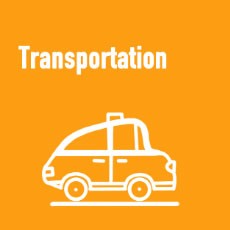
Riders for health in Africa
Quality of life and economic indicators

An important part of economic development practice is to improve people's quality of life. Business activities create jobs, which create income, which creates wealth, which raises people's quality of life. This in turn attracts more business activities, which in turn create jobs and so on, in an economic development cycle (Quality of Life in Economic Development, 2017). The ability to generate and sustain inclusive wealth and a decent standard of life for all citizens in our globalized world of competing economies, depends on five key elements that interact and influence each other. These are: natural capital, social capital, resource management, intellectual capital and governance efficiency (Global Sustainable Competitiveness Index 2017, 2017).
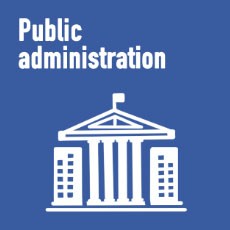
Quality of life in economic development and the case of Hong Kong “from an expat point of view”
Urban heating

Buildings, asphalt and concrete absorb solar energy, that ultimately results in the emission of long-wave radiation that heats the air in cities. Cities also use large amounts of energy and emit this energy as waste heat, adding to the urban ‘heat island effect’, causing the temperature in urban areas to be higher than surrounding rural areas (Jean-Philippe & Hubbard, 2015). Elevated temperatures from urban ‘heat islands’ can affect a community’s environment and quality of life. While some impacts may be beneficial, such as lengthening a plant's growing season, the majority of the impacts are negative.
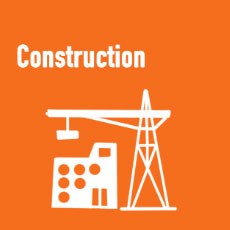
Cooling Singapore

Urban heating in Hong Kong
Ecological footprint

The ecological footprint refers to the impact of human activities on the environment. The footprint is measured in terms of the amount of biologically productive land and water needed to produce the goods humans consume and to assimilate the waste generated, including carbon emissions. In other words, it is the amount of the environment necessary to produce the goods and services necessary to support a particular lifestyle (WWF, 2019).Measuring the ecological footprint helps to understand our individual, as well as countries’, impact on the planet and helps us adjust our lifestyle and have targeted public investments.
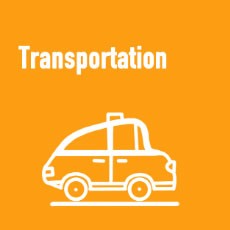
Biking in the Philippines
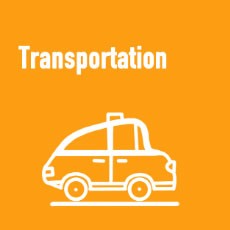
Car sharing initiative at Cornell University (USA)
Green technology

Green technology is a type of technology that is environmentally friendly. Its main purpose is to conserve nature, tackle problems related to the depletion of natural resources and to repair the negative impact of human activities, such as pollution and environmental degradation. The term ‘green technology’ is also known as ‘environmental technology’ or ‘clean technology’. These technologies are used in various aspects of our lives: from renewable energy and power storage, smart building innovations, green living technology, to smart transportation and mobility, waste management and recycling (Dasy, 2016; Babbitt, 2017).
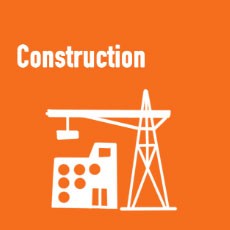
Sustainable innovation

Sustainable innovation is a process whereby sustainability considerations (environmental, social and economic) are integrated into all company processes from idea generation through to research and development (R&D) and commercialization. It can be applied to products, services and technologies, as well as new business and organization models (Charter, 2007). Sustainable innovation is a new and evolving area that also relates to eco-innovation, which is any form of innovation that makes significant and proven progress towards the goal of sustainable development, by reducing impacts on the environment or by achieving a more efficient and responsible use of natural resources, including energy (Competitiveness and Innovation Framework, 2007 to 2013).
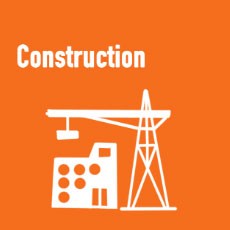
Clean air – SMOG FREE PROJECT
Waste management

Waste management is the collection, transportation and disposal of garbage, sewage and other waste products. Important reasons for working towards proper waste management are to protect the environment and support the health and safety of the population. Certain types of waste can be hazardous and can also pollute the environment. Bad waste management practices can also cause land and air pollution resulting in serious medical conditions in humans and animals. Good waste management, on the other hand, can help save costs as it reuses materials, conserves natural resources and creates safer environment, including workplaces (Department of Industry, Innovation and Science(AU) , 2018).

Hong Kong’s awareness on waste management
Land contamination

Contaminated land mainly refers to land that has been polluted by hazardous substances as a result of anthropogenic (human-centered) activities (e.g. industrial or commercial operations) carried out on, and around, a site over the years. Sites previously used by some trades may contain contaminated soils, such as those used for boat/ship building or repairs, chemical manufacturing/processing, concrete and asphalt production, motor vehicle repairs, petrol filling stations, oil storage installations, metal scrap yards etc. (GovHK, n.d.).

WEEE.PARK
Carbon cycle and climate change / global warming

Carbon is the building block of life. It is the basic element of all organic substances, from fossil fuel to DNA. Most of the Earth’s carbon—about 65,500 billion metric tons—is stored in rocks. The rest is in the ocean, atmosphere, plants, soil and fossil fuels. Carbon can move from one of these realms to another as a part of the carbon cycle. Over the long term, the carbon cycle seems to maintain a balance that helps keep Earth’s temperature relatively stable. Today, human activities,such as burning fossil fuels and clearing forests (that store carbon) have brought changes to the carbon cycle by emitting huge amounts of carbon into the atmosphere that cause an increase in global temperatures.
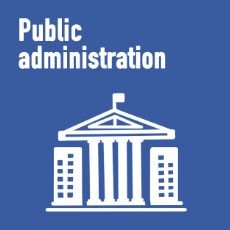
Reduction in CO2 emission in Sweden
Sustainable development

There are many different definitions of sustainable development. One of the most common definitions is from Our Common Future (1987). It refers to sustainable development as the type of development that 'meets the needs of the present, without compromising the ability of future generations to meet their own needs'. The goal of sustainable development is to strike a balance between the needs of the environment, society and economy in order to maintain a decent standard of life for both present and future generations.
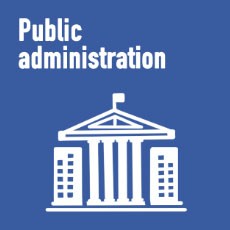
National policy on the environment for greening the economy in Malaysia


